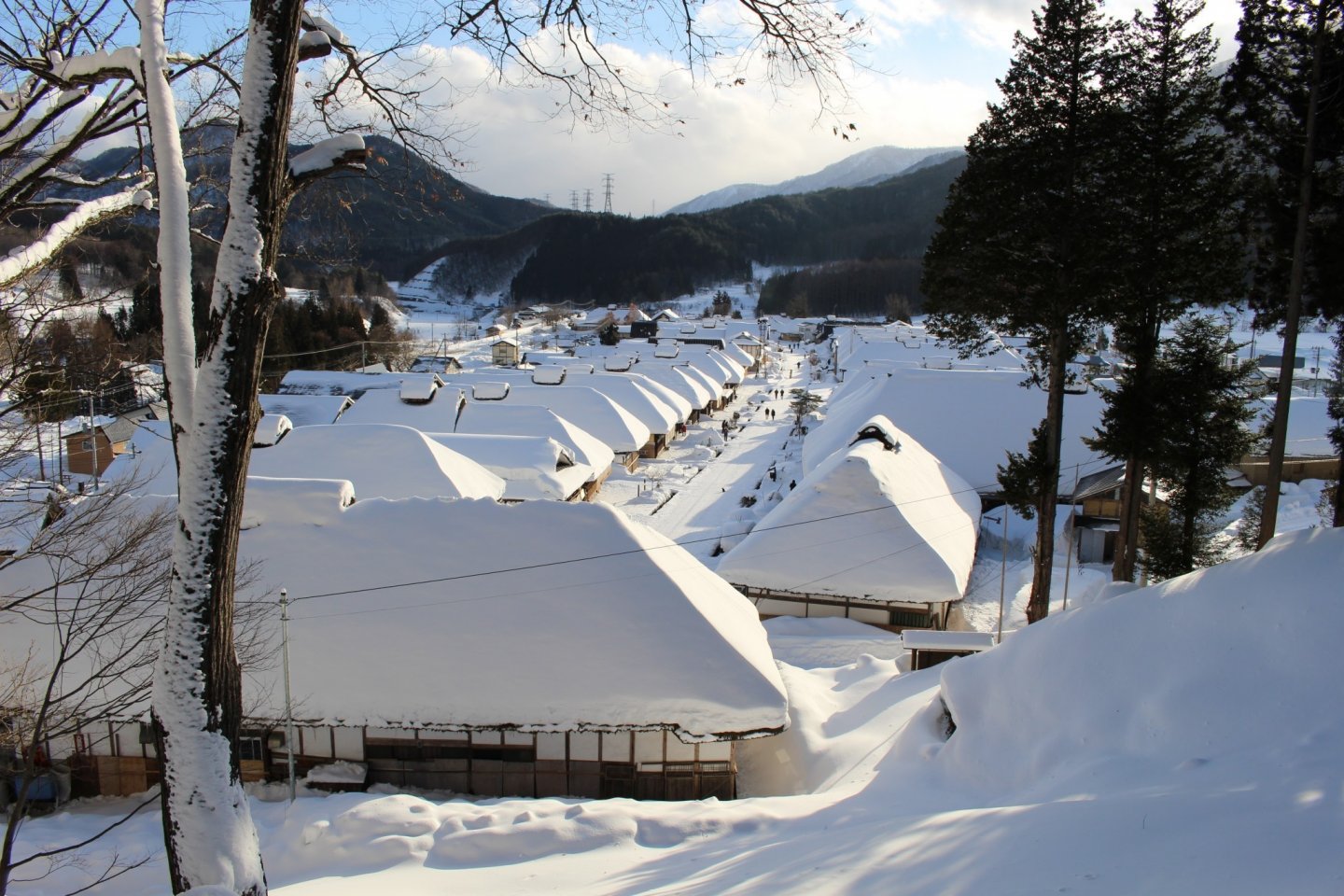
Located in the Tohoku region, Fukushima Prefecture (福島県, Fukushima-ken) has largely restored itself and is well on the road to recovery after the devastation of the 2011 Tohoku Earthquake. Today, much of the prefecture is at—or near—pre-earthquake quality. It’s easy to see why Fukushima is once again opening the doors to tourists; there is just so much to see and do in this attractive prefecture.
With serene lakes, lush forests, and snowy winters, Fukushima has it all. Not only is the nature—from its coasts to mountains—beautiful, but Fukushima has a rich culture and history. The prefecture is abundant with legends, one particularly famous involves an ogress named Adachigahara, which is how the Adachigahara plain gained its name. Fukushima is also well known for its talismans and crafts, such as the okiagari ko-boshi (self-righting dharma doll) that bring their owners good luck and prosperity; there are also miharu koma and the popular traditional craft, kokeshi dolls.
And if you’re visiting in summertime, be sure to check out one of the many festivals: horse-riding samurai, Taiwanese dragon dance, fighting; lantern, and doll festivals are just some to see. During the festival off season, check out Tsuruga castle, built in the 14th century, which is a popular tourist attraction. Mount Bandai is great for those looking for a more physical experience; with guided snowshoe tours in the winter and bird watching and hiking the rest of the year. There’s even a national treasure in Fukushima. Built in 1160, the Shiramizu Amida-do (Amitabha Hall) houses a wooden statue of Amida Nyorai and a number of other Buddhist statues.
And for the gourmet tourist, Fukushima is known as “Fruit Kingdom” for its many seasonal fruits and for having harvest-ready fruits every month of the year; peaches are the most famous. For something savory, try Kitakata ramen, ranked one of the top three ramen in Japan (along with Sapporo and Hakata). Be sure to try the famous Fukushima confection, mamador, buttery dough wrapped around milky red bean center.
Fukushima Prefecture is easily accessed by plane; flights from Tokyo to Fukushima Airport take about an hour. The Tohoku Shinkansen also makes for easy travel; only an hour and a half one way.